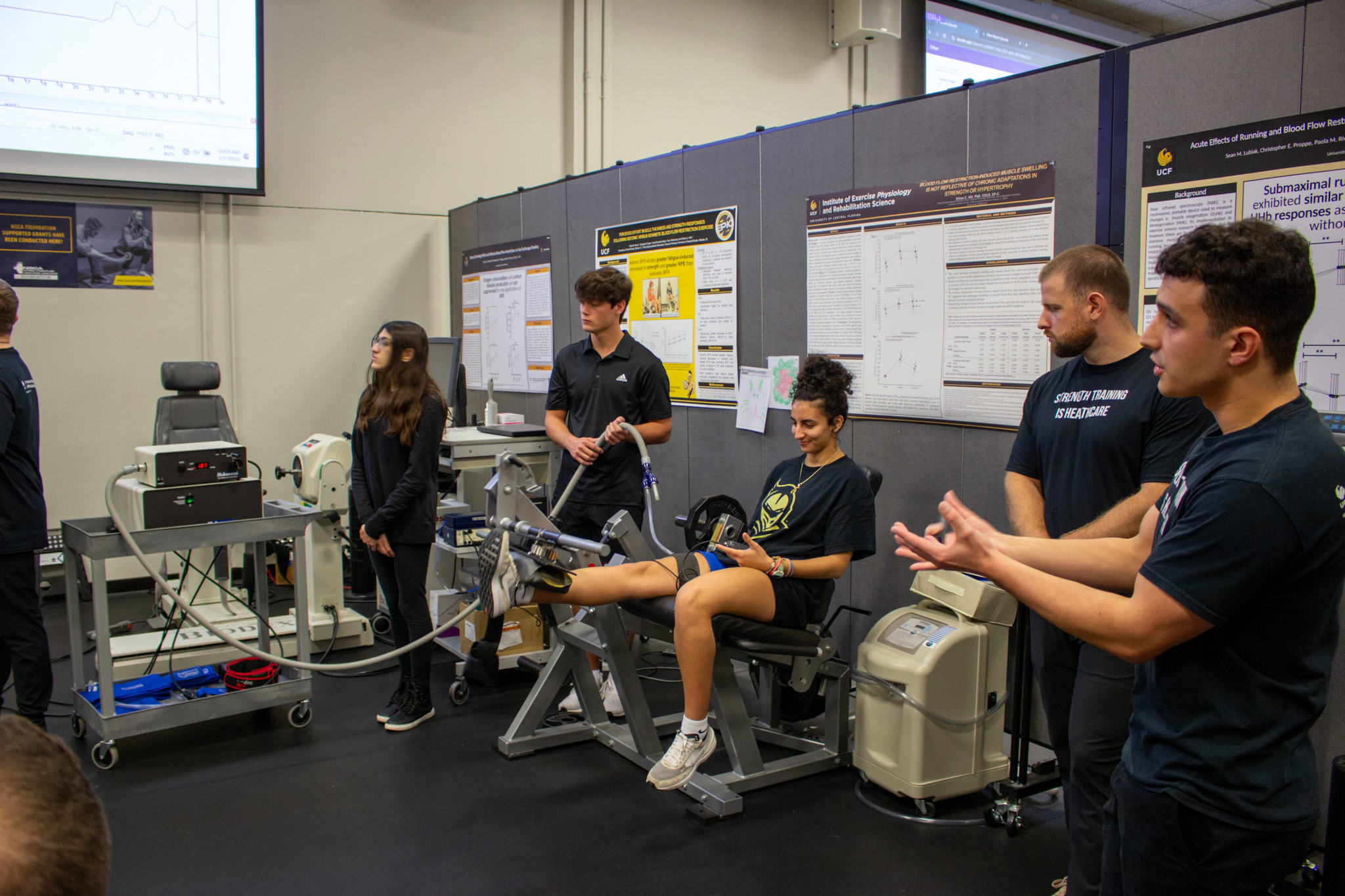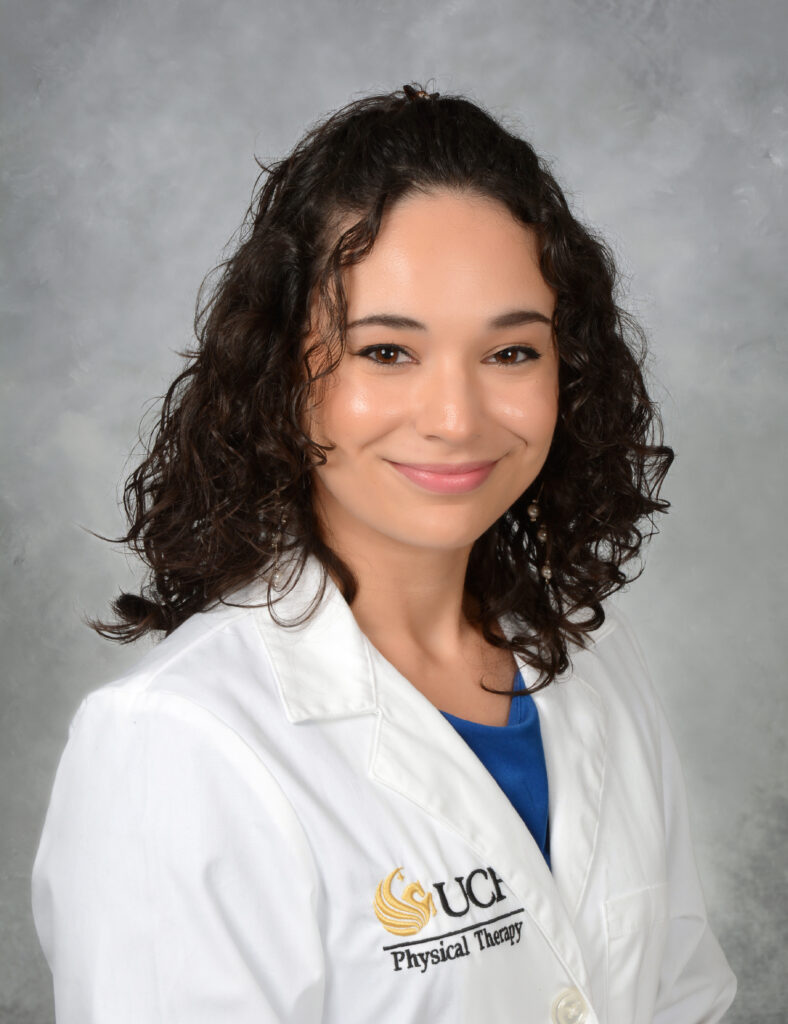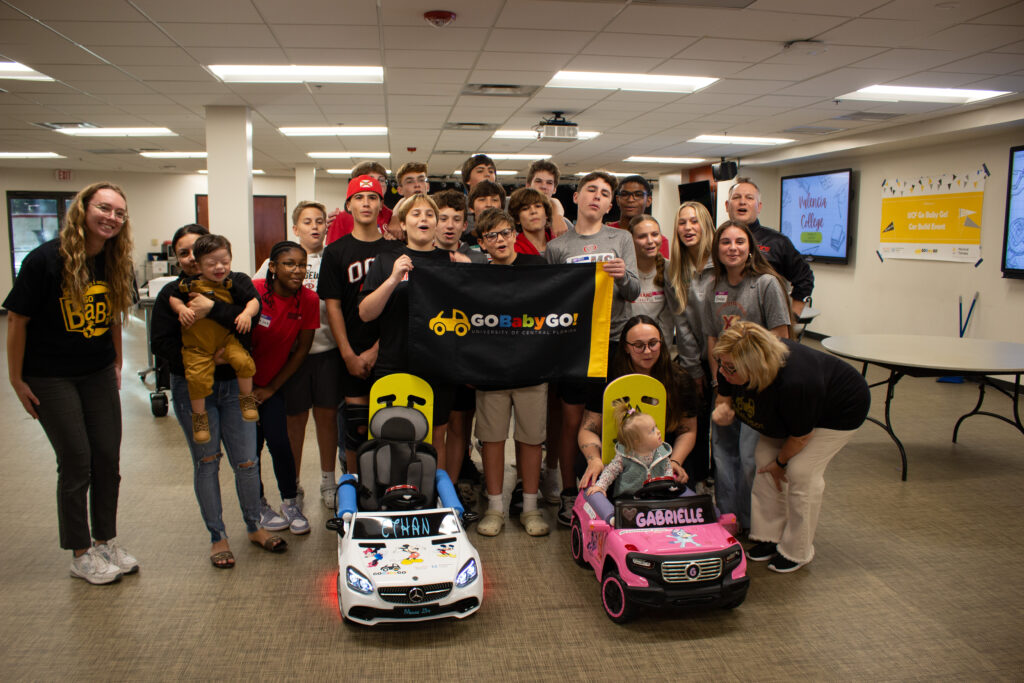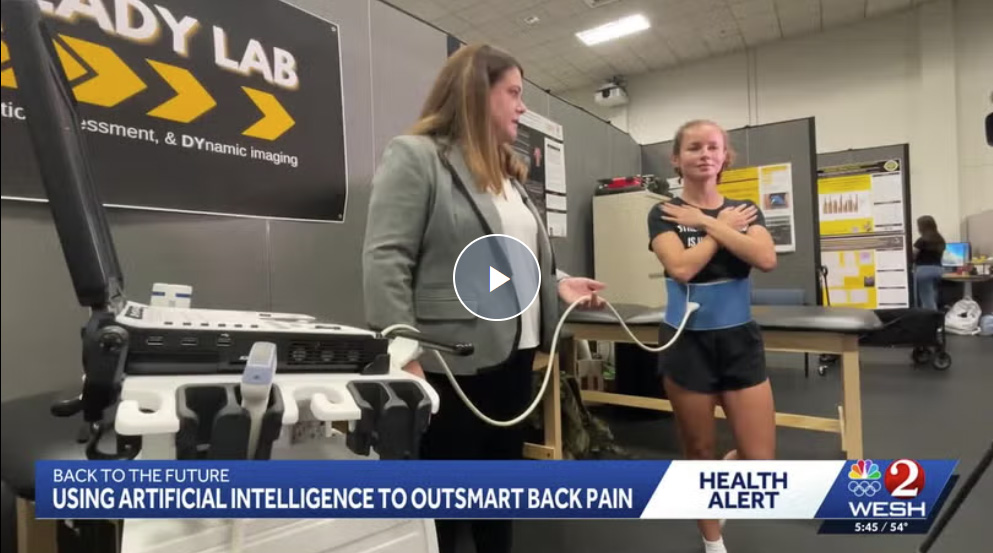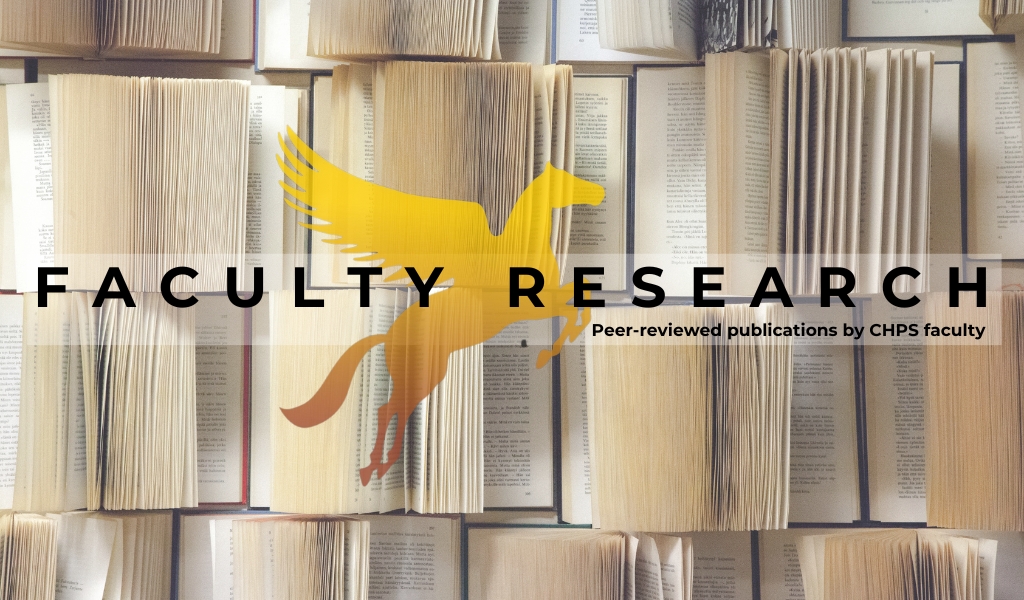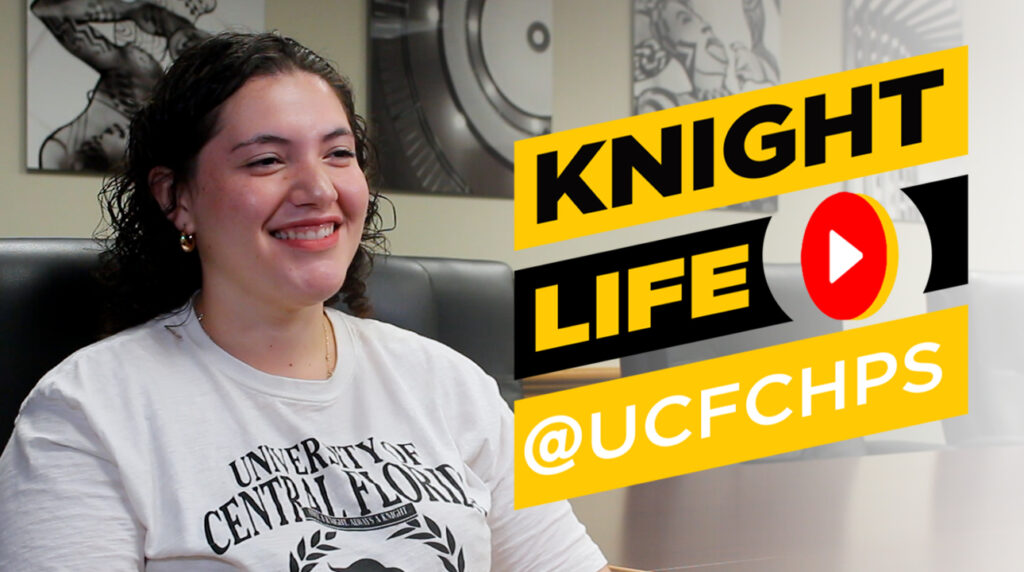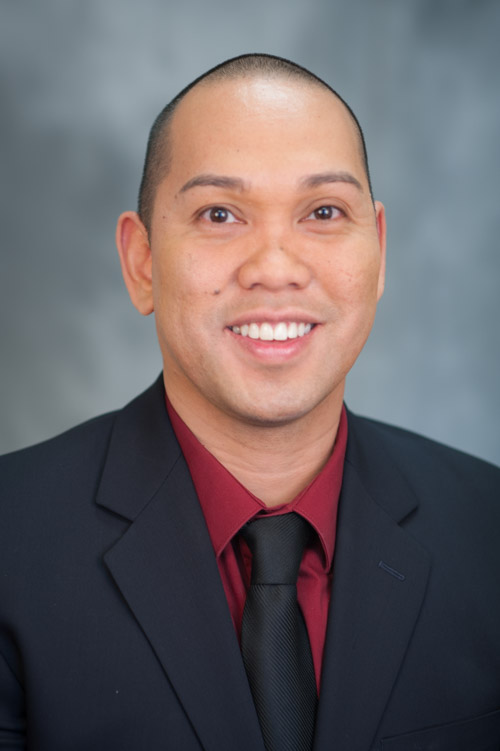The School of Kinesiology and Rehabilitation Sciences held its 5th annual Institute of Exercise Physiology and Rehabilitation Science conference on Feb. 7- 8. The highly anticipated event, presented by the De Luca Foundation, took place at the FAIRWINDS Alumni Center and brought together close to 200 students, researchers, clinicians and practitioners from around the world to learn about cutting-edge scientific innovations within their respective fields. “From Molecules to Movement” was this year’s theme, and attendees were moved in more ways than one.
“Our Institute fosters a culture of enthusiasm for innovation and discovery. Our 5th Annual Conference—the largest and most impactful yet—reflects our commitment to advancing science in kinesiology, physical therapy, and athletic training while supporting the next generation of scientists and clinicians,” says said Physical Therapy Associate Professor Matt Stock, who also serves as the institute’s director.
The conference featured two days of presentations by internationally recognized experts, showcasing advancements in the fields of kinesiology, athletic training and physical therapy. The Keynote Lecture was delivered by Senior Research Scientist and Director of Healthspan, Resilience, and Performance Research Marcas Bamman with the Florida Institute for Human and Machine Cognition. Bamman’s presentation was titled “Multidimensional Interrogation of Inter-individual Exercise Response Heterogeneity.” Alumnus Adam Jajtner ‘16, an associate professor and undergraduate program coordinator at Kent State University, presented “Recovery Techniques Following Resistance Exercise: An Inflammatory Perspective.”
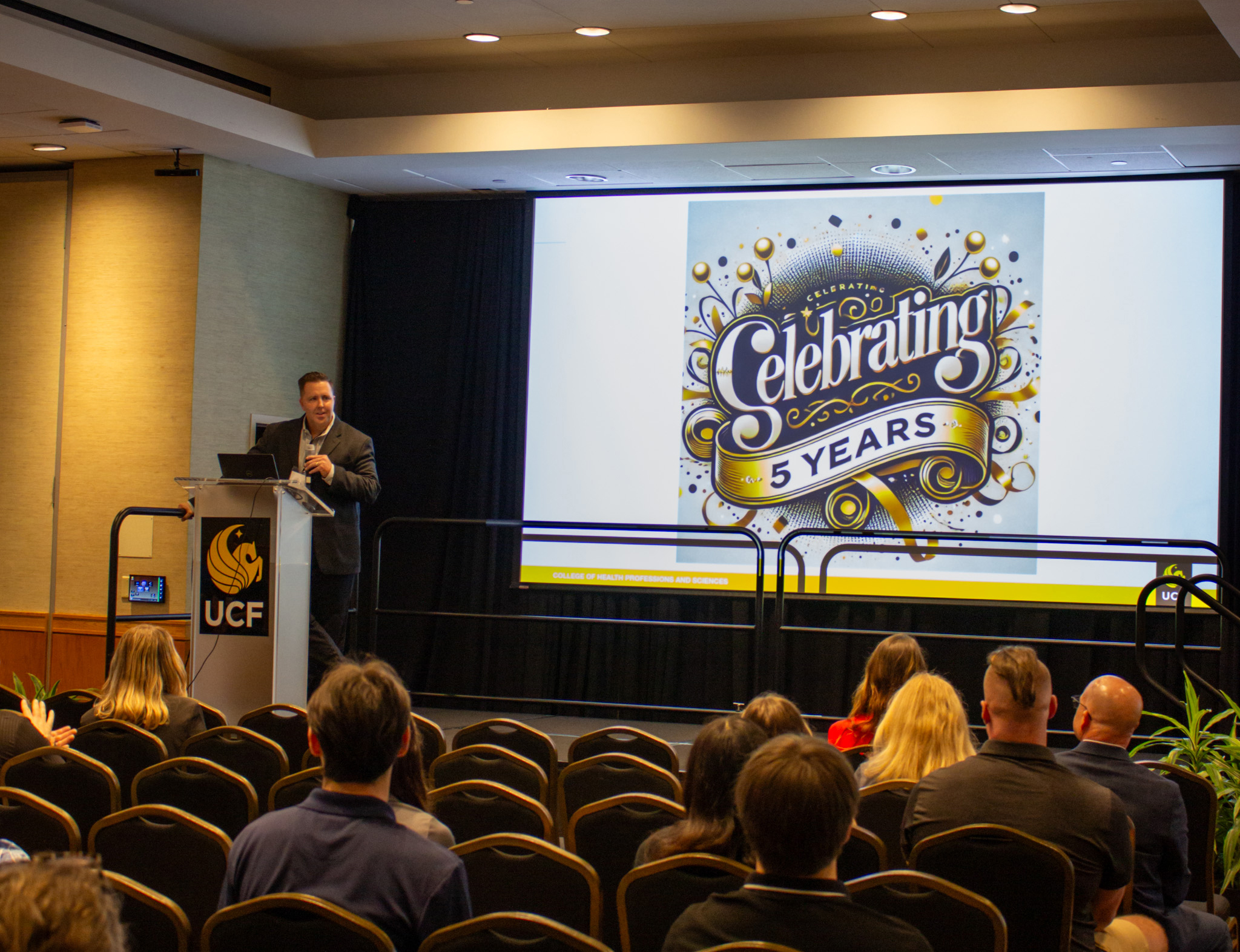
Students presenting their research had the opportunity to win the “5 Minutes at the Mic: Show me the data” competition.
This year, the event again included “The IEPRS Lab Crawl: Learn in our Labs!” The lab crawl was held before the conference began to exhibit the school’s labs and give attendees insight into how its research fellows collect data. Attendees were split into groups and rotated around several mini labs where they collected data on blood flow restriction training, transcranial magnetic stimulation (TMS), tensiomyography (TMG), vertical jump assessments and more.
In addition to numerous networking and learning opportunities, physical therapists, physical therapy assistants, athletic trainers, and sports nutrition and strength and conditioning professionals attending the conference were able to earn continuing education credits.
